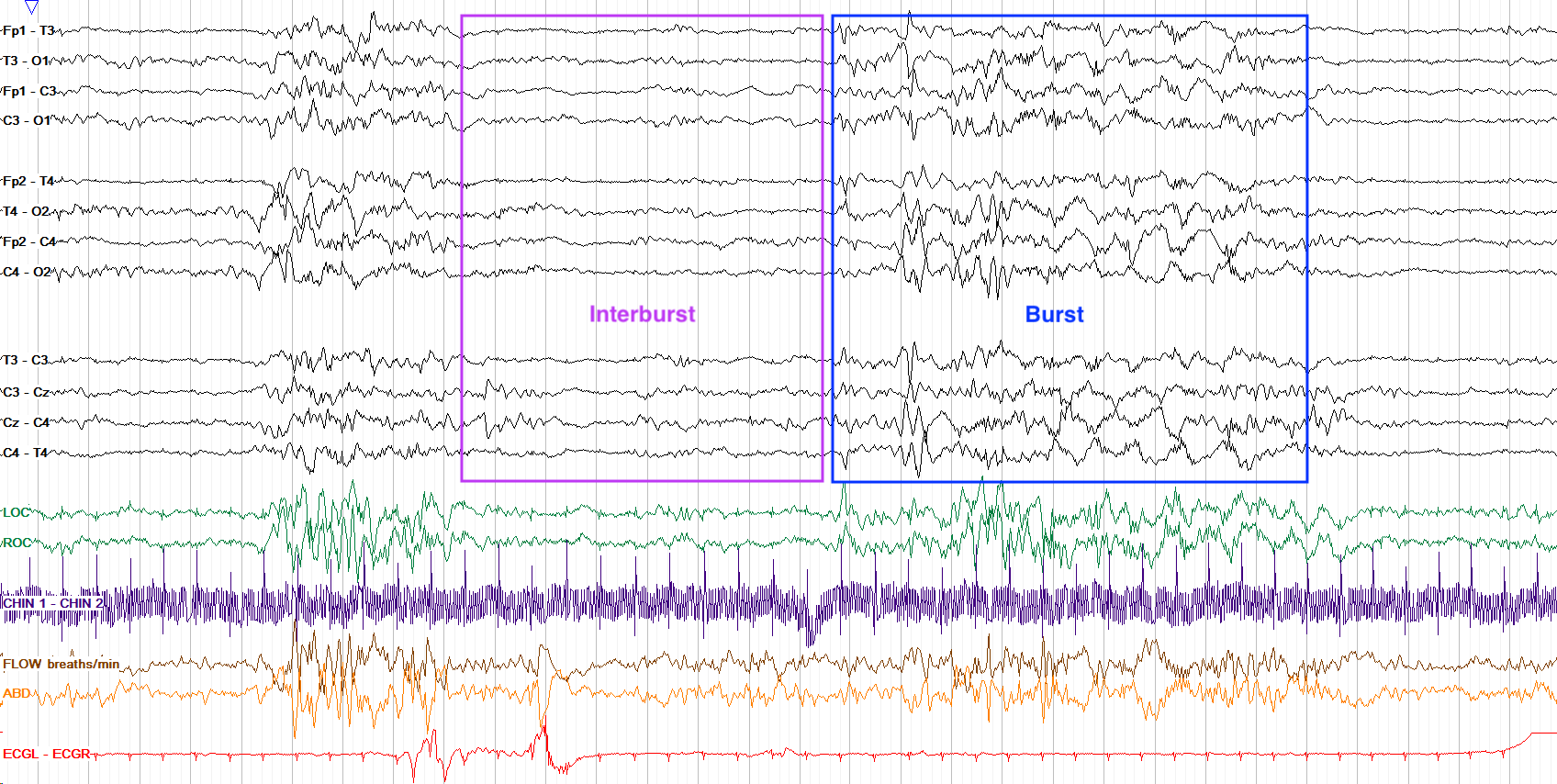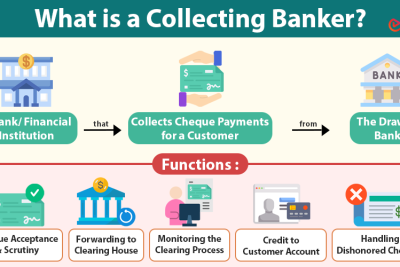
EEG in Newborn: Definition, Examples, and Facts Explained

The use of EEG in newborn care has emerged as a vital tool in understanding the brain's electrical activity and diagnosing various neurological conditions. This non-invasive procedure monitors brain waves, providing crucial insight into the neurological health of infants, particularly those who are premature or have experienced complications at birth. As more research unfolds, the significance of EEG in this critical developmental stage continues to grow, highlighting its role in early diagnosis and intervention.
Understanding the intricacies of EEG in newborn populations introduces healthcare providers to a new realm of possibilities for better patient outcomes. The evaluation of brain activity through EEG assists in diagnosing conditions that are not easily identifiable through routine clinical examinations. This article will delve into the definition, methods, and applications of EEG in newborn care, providing a comprehensive overview of its impact on neonatology.
Understanding EEG in Newborns
What is EEG?
EEG, or electroencephalogram, is a diagnostic test that measures electrical activity in the brain. Electrodes are placed on the scalp to detect the electrical signals produced by neurons. These signals are then amplified and recorded, creating a visual representation of brain activity. In newborns, EEG serves as a non-invasive method to assess brain function and detect potential abnormalities that may require further medical attention.
Importance of EEG in Newborns
The importance of EEG in newborn care cannot be overstated. Newborns, especially preterm infants, are at a higher risk for neurological issues due to their underdeveloped brains. Early diagnosis through EEG can lead to timely interventions that can improve long-term outcomes. For instance, identifying seizures or abnormal brain patterns can prompt further investigation or treatment that may mitigate future developmental challenges.
Examples of EEG Applications in Neonatology
Seizure Detection
One of the most critical applications of EEG in newborn care is in the detection of seizures. Neonatal seizures can present differently than seizures in older children or adults, often going unnoticed during physical examinations. EEG provides a clear method of identifying these events, allowing for prompt treatment that can help prevent brain damage or other severe outcomes.
Assessment of Brain Maturity
EEG can also be utilized to assess brain maturity in infants. By analyzing brain wave patterns, healthcare providers can gauge how developed the infant’s brain is, which can be essential in predicting future developmental milestones. This application is particularly useful for preterm infants who may have different developmental trajectories compared to full-term babies.
Common Conditions Detected by EEG in Newborns
- Neonatal seizures: Identifying different seizure types and patterns.
- HIE (Hypoxic-ischemic encephalopathy): Assessing the impacts of reduced oxygen supply at birth.
- Intracranial hemorrhage: Detecting abnormalities caused by bleeding in the brain.
- Malformations of cortical development: Recognizing structural brain issues early on.
EEG Procedure: What to Expect
The procedure for conducting EEG in newborn typically involves the following steps:
- Preparation: Newborns are placed in a comfortable position, and the scalp is prepared by cleaning it to ensure good contact with the electrodes.
- Electrode placement: Small electrodes are attached to the scalp using a conductive gel or paste. This process is painless and usually well-tolerated by infants.
- Monitoring: The brain activity is recorded, often for about 30 minutes to an hour, during which the baby may be asleep or awake.
- Post-procedure: After the test, electrodes are removed, and the infant is monitored until the effects of any sedatives (if used) have worn off.
Interpreting EEG Results in Infants
Interpreting EEG results in newborns requires specialized training since the brain wave patterns of infants can significantly differ from those of older children and adults. Neonatologists or pediatric neurologists analyze the recordings to identify any irregularities or abnormalities. Common interpretations include assessing the presence of seizures, determining brain maturity, and evaluating overall brain function.
FAQs About EEG in Newborn Care
Is EEG safe for newborns?
Yes, EEG is a safe and non-invasive procedure. It poses minimal risk to infants and does not involve any radiation exposure.
How long does an EEG take?
Typically, an EEG in newborn can take from 30 minutes to several hours, depending on the specific requirements of the test.
Will my baby need to be sedated for the EEG?
In most cases, sedation is unnecessary, but it may be used if the baby cannot remain still or is particularly fussy during the procedure.
Conclusion
In conclusion, EEG in newborn care plays a crucial role in safeguarding the brain health of infants. Its ability to provide timely and accurate assessments enhances clinical decision-making and promotes early interventions for neurological issues. With the rise of this technology in neonatal health, more babies can receive the support they need to navigate the critical early stages of brain development. Understanding the methods and applications of EEG opens new avenues for improving neonatal care and ultimately leads to better outcomes for newborns and their families.
Did you find this article helpful? EEG in Newborn: Definition, Examples, and Facts Explained See more here Education.
Leave a Reply






Related posts